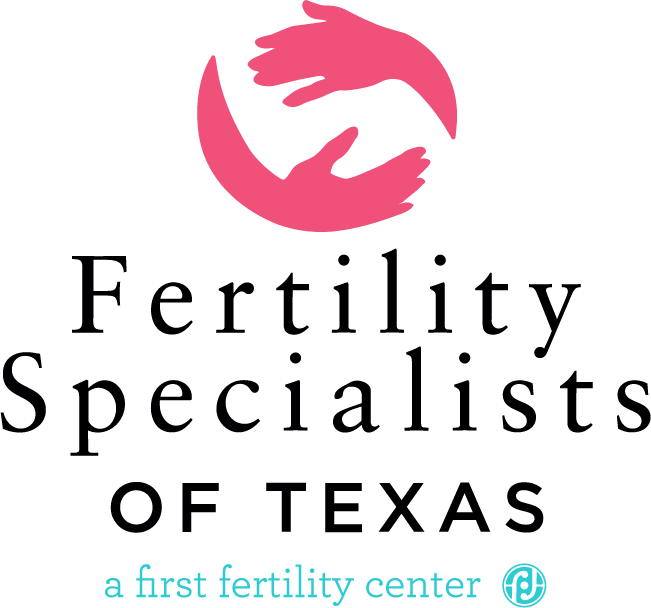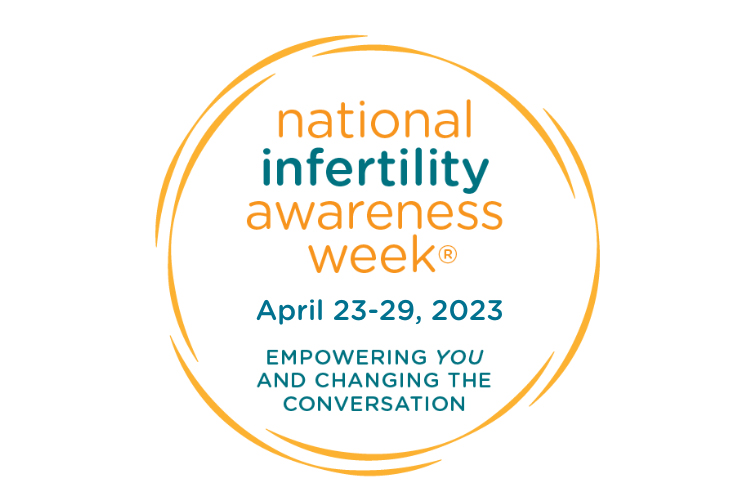

Learn More About Endometriosis Versus Adenomyosis and Why it Matters
Our Texas fertility center helps patients understand endometriosis versus adenomyosis and how these conditions can impact the journey to parenthood. These conditions involve endometrial tissue spreading to areas that disrupt fertility health. They can also create uncomfortable symptoms, such as abdominal pressure, bloating before periods and heavy cramping during periods. Many people with endometriosis also have adenomyosis.
Endometriosis Versus Adenomyosis
When learning about endometriosis versus adenomyosis, there are subtle differences to note. These conditions can impact a woman’s body in varying ways, and don’t always impact fertility.
Adenomyosis. Adenomyosis is a condition involving the endometrial tissue of the uterus growing into the muscular portion of the uterus. Through ultrasound, doctors can assess if a woman has an enlarged uterus with an abnormally thickened uterine wall, which is indicative of adenomyosis.
Women who have a history of pregnancy or uterine surgeries, such as a C-section or myomectomy, have an increased risk for this condition.
Endometriosis. Endometriosis consists of endometrial tissue growing outside the uterus. Women can receive an endometriosis diagnosis through ultrasound and a pelvic exam, although some may require an MRI or laparoscopy for proper diagnosis.
This condition can impact the reproductive system, as the abnormal endometrial tissue growth can impair the ovaries and fallopian tubes, and sometimes results in the formation of cysts.
A key difference between endometriosis versus adenomyosis is that while endometriosis often has a significant impact on a woman’s fertility, adenomyosis does not always impede a woman’s ability to conceive. However, adenomyosis can become an issue if it alters the shape of the uterus, potentially preventing the embryo from properly implanting.
Effective Treatment for Endometriosis and Adenomyosis
For either of these conditions, the most effective treatment for women who do not wish to have children is a hysterectomy, or the removal of the uterus.
When women with one or both of these conditions hope to have children, there are various treatment options our Texas fertility center can provide.
Adenomyosis treatment options. Often, the use of certain hormones can provide temporary relief from symptoms of adenomyosis. In addition, uterine artery embolization, endometrial ablation and MRI-guided focused ultrasound surgery can sometimes minimize the impact adenomyosis might have on a woman’s fertility.
Endometriosis treatment. Doctors often recommend laparoscopy for women with endometriosis. This minimally invasive surgery consists of the doctor removing endometrial implants and scar tissue that might interfere with ovulation, fallopian tube access and embryo implantation. Because the endometrial tissue will slowly grow back, some women need this procedure multiple times throughout their reproductive years.
Doctors at our clinic work closely with women experiencing symptoms of endometriosis or adenomyosis to help them discover the cause of their fertility issues, and the most effective path forward. With our support, many women go on to fulfill the dream of motherhood.
Contact us for more information about endometriosis and adenomyosis.



